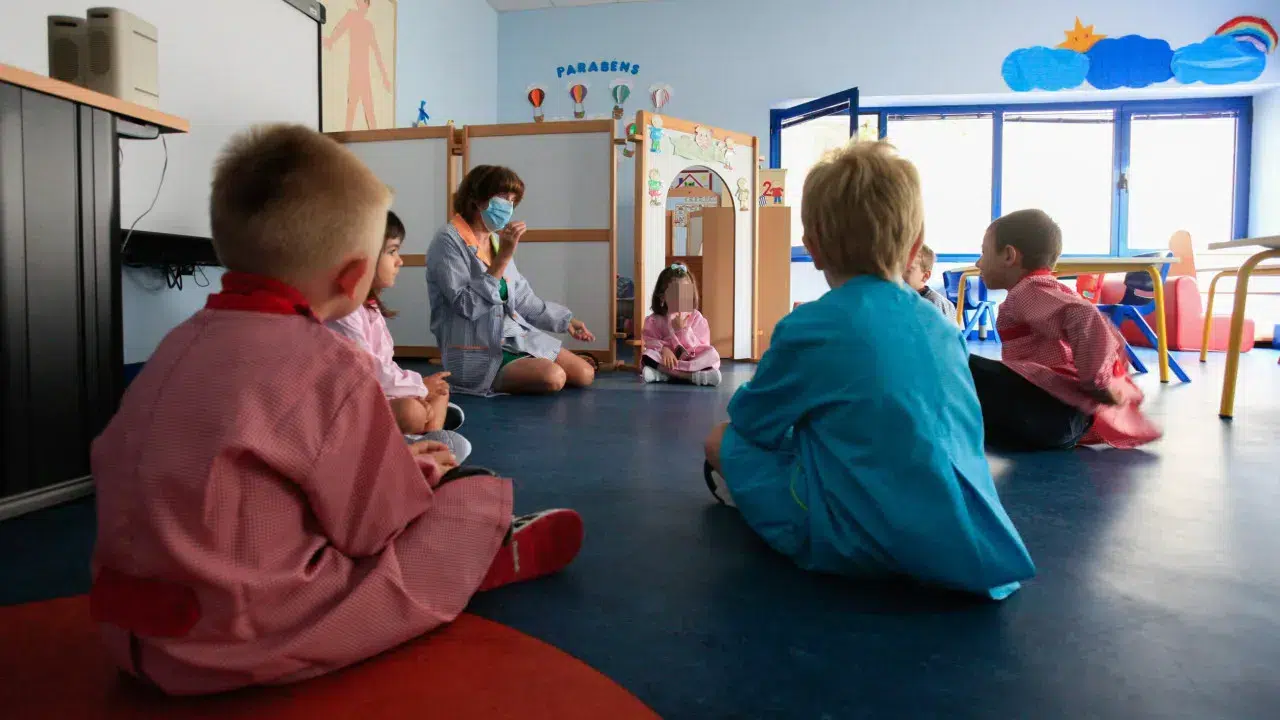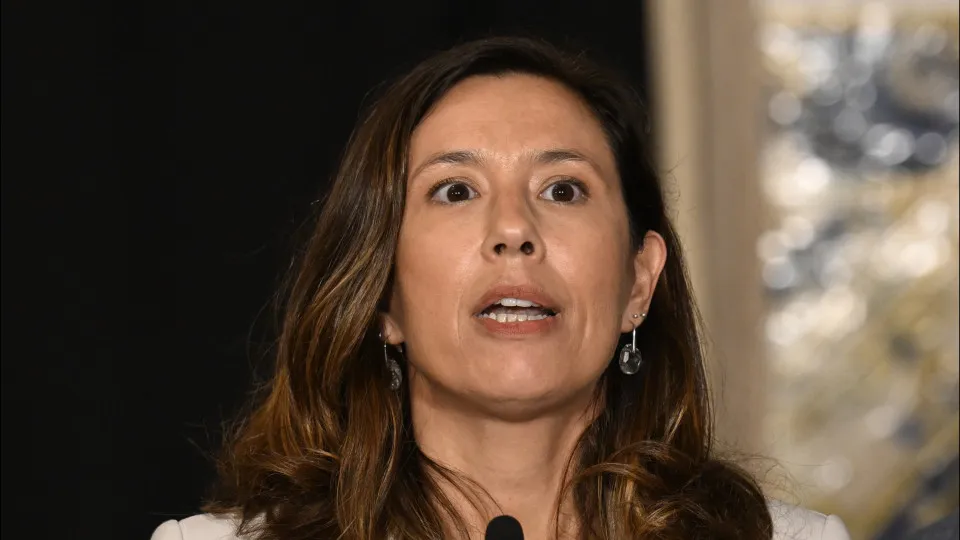
There is an increasing number of children attending daycare, with more available spaces, yet certain regions still face challenges in securing placements for families, according to the report ‘Annual Education Balance 2025’ by Edulog, the think tank of the Belmiro de Azevedo Foundation focused on education.
Between 2018 and 2023, there was a 13.8% increase in children under the age of three enrolled in daycare. Access has become more widespread due to the Creche Feliz program launched in 2022, with a higher proportion of enrolled students from families without higher education, indicating a rapid diversification of socio-economic and cultural backgrounds.
“The coverage rate has increased, but daycare is still not for everyone,” the study reveals, noting that only 48% of children under three were enrolled in 2023, when the coverage rate reached 55%, offering 130,787 available spots.
Of these 130,000-plus spaces, only 87% were indeed occupied, highlighting a mismatch between supply and demand. Families in Lisbon, Porto, and the southwestern Alentejo and Algarve regions experience this shortfall most acutely.
The study also raises concerns about potential deficiencies in the pedagogical quality of these professionals, as only about 6% of the Basic Education degree curriculum focuses on children under three years old.
“Even in master’s programs, the proportion is around 24% for the Master’s in Preschool Education and 16% in the Master’s in Preschool Education and Primary Teaching,” the document states.
In this analysis, which encompasses education from daycare through higher education, it is evident that families increasingly access the education system, with participation rates rising at all educational levels.
Universal education is approaching reality, both at the preschool and primary and secondary levels. All children between six and 14 years old attended primary education, and about 90% of young people of regular age were enrolled in secondary education during the 2022/2023 academic year.
Nevertheless, the researchers emphasize persistent “territorial and socio-economic imbalances,” as offerings are concentrated in major urban centers, and “responses are still lacking in low-population-density regions.”
In preschool, 94% of children aged three to five were enrolled, with central schools registering the highest enrollment (99.9%), followed by the Autonomous Region of Madeira (98.3%) and Alentejo (98.1%), contrasting with Setúbal Peninsula, which has the country’s lowest enrollment rate (83.1%).
In compulsory education, both public schools and state-dependent private institutions nearly cover the entire network, although private education is expanding at the secondary level. Researchers suggest this shift “reflects families’ preference for more selective and reputable schools, seen as advantageous pathways to higher education.”
Along with regional disparities, researchers also highlight issues of underfunding in the system and an increasing ratio of teachers over 50 years at all education levels.




